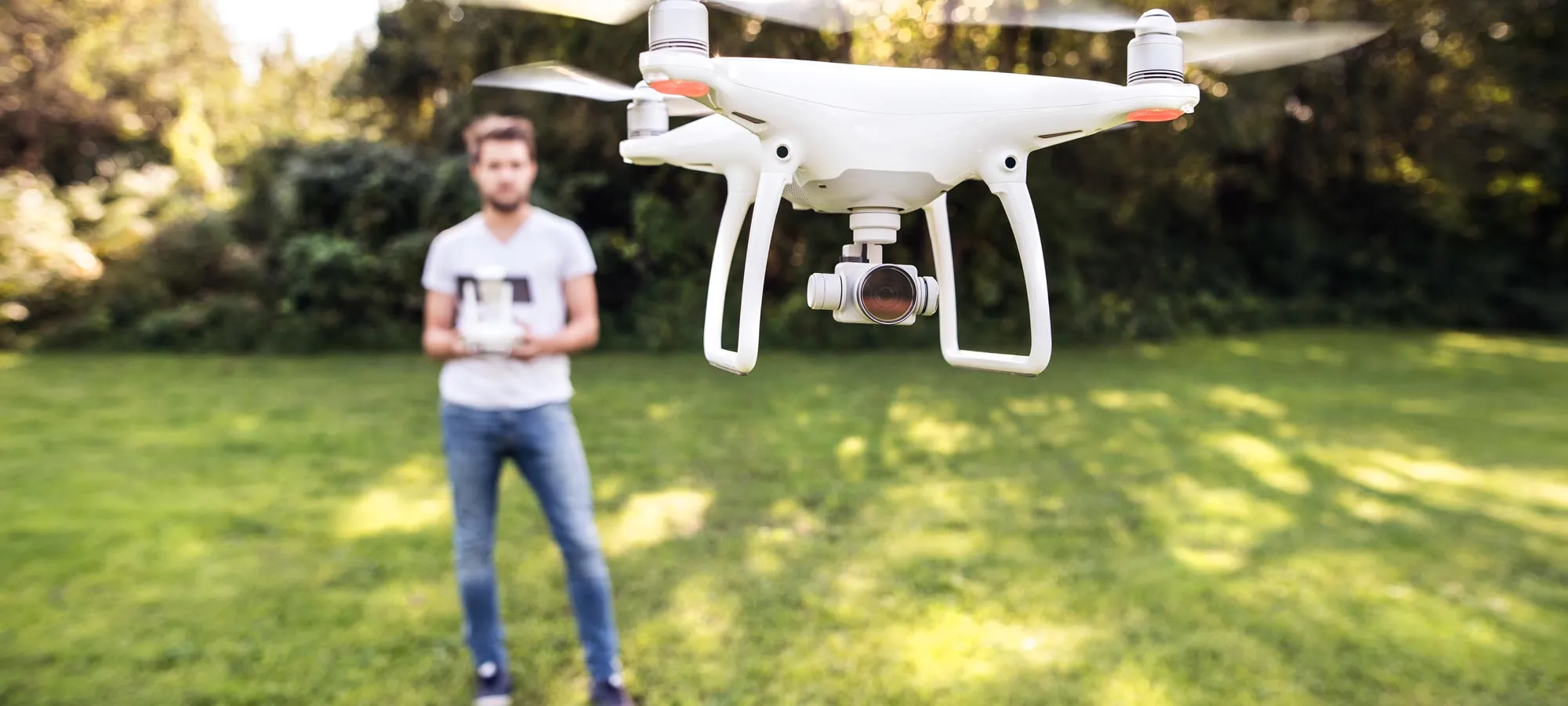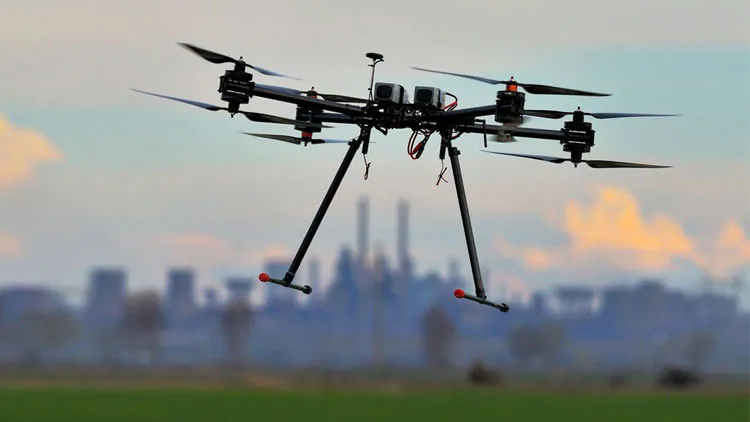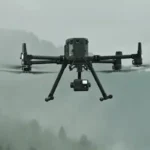
Aerial photography, whether for artistic expression, environmental monitoring, or surveying, relies heavily on capturing the world from above in all its vibrant colors.
Achieving color accuracy in aerial photography is paramount, as it ensures that the images faithfully represent the scene below.
In this article, we will explore the significance of color accuracy in aerial photography, the factors that influence it, and techniques to achieve true-to-life colors in your aerial shots.
The Importance of Color Accuracy
- Visual Appeal:Color-accurate aerial photographs are visually captivating. They accurately represent the natural hues and tones of landscapes, making them more engaging and emotionally resonant.
- Informational Value:In applications like agriculture, forestry, and environmental monitoring, color accuracy is crucial for identifying and analyzing specific features and conditions on the ground.
- Consistency in Projects:Maintaining color accuracy is essential for projects that require consistency over time, such as construction site progress documentation or land-use planning.
Factors Influencing Color Accuracy
- Lighting Conditions:The quality and direction of natural light during the flight can significantly affect color accuracy. Time of day, weather conditions, and the angle of the sun all play a role.
- Camera Settings:Properly setting your drone camera’s white balance, exposure, and color profile are essential for achieving accurate colors. Shooting in RAW format offers more post-processing flexibility.
- Camera Sensor and Lens:The quality and color sensitivity of the camera’s sensor, as well as the characteristics of the lens, influence color accuracy. High-quality camera equipment tends to produce more accurate colors.
- Image Processing:Post-processing techniques, such as color grading, can impact color accuracy. While creative adjustments can enhance aesthetics, they should be applied judiciously to maintain accuracy.
Techniques for Achieving Color Accuracy
- Calibrate Your Monitor:Ensure that your computer monitor is properly calibrated to accurately display colors. Calibration tools and software are readily available and help maintain consistency in your editing workflow.
- Use Color Checker Charts:Color checker charts, like the X-Rite ColorChecker Passport, are handy tools for ensuring color accuracy. Photograph a color chart under the same conditions as your aerial shots and use it as a reference for color correction during post-processing.
- Shoot in Optimal Lighting:Aiming for the golden hours of sunrise and sunset, when natural light is soft and warm, can enhance color accuracy. Be mindful of harsh midday sun, which can introduce color casts.
- Custom White Balance:Set a custom white balance on your drone camera to match the lighting conditions precisely. This eliminates any color shifts caused by auto white balance settings.
- Post-Processing Carefully:When editing, use post-processing software like Adobe Lightroom to fine-tune colors selectively. Adjust white balance, vibrance, and saturation to achieve the desired color accuracy without overprocessing.
Conclusion
Color accuracy is a fundamental aspect of aerial photography that influences the impact, quality, and utility of your images.
By understanding the factors that affect color accuracy and employing techniques to maintain it, you can ensure that your aerial photography accurately reflects the beauty and details of the world below.
Whether you’re capturing landscapes, monitoring agricultural fields, or creating artistic compositions, striving for true-to-life colors will elevate the impact and effectiveness of your aerial photography.








